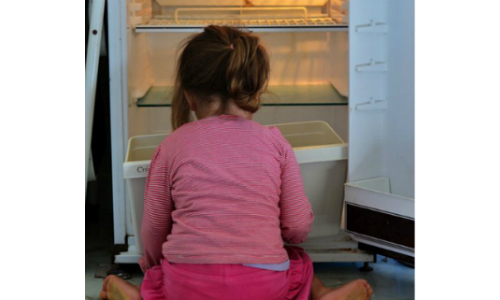Although the share of U.S. households with children experiencing food insecurity is less than its Great Recession peak of 21.3 percent, it’s still above its 2007 pre-recession level of 15.8 percent. In 2016 (the most current year with childhood food insecurity data available), the rate was 16.5 percent, reports the Brookings Institute.
A home is deemed food insecure if a lack of money or other resources causes it to not have consistent access to food. For students, the problem intensifies in the summer months when school-age children lose access to breakfasts and lunches provided by their schools.
Although every state has more than 10 percent of its children who experience food insecurity, there are significant differences state by state. More than one in four children in Arkansas, Alabama, Louisiana and New Mexico live in food-insecure homes. In Alabama, the rate has nearly doubled since 2005-2007, while in Connecticut, Delaware and New Mexico, it has increased by nearly 50 percent.
Only four states are doing much better than before the recession, while in 23 states, the levels are statistically indistinguishable. Nearly half have a rate that is statistically significantly higher.
Additionally, 21 states now have statistically significantly higher rates of very low childhood food security in 2014-2016 compared with 2005-2007. A household that is deemed to have very low food security means that lack of money or other resources resulted in reduced intake and normal eating patterns were disrupted.
It’s not just children who are experiencing food insecurity. College students are as well. More than a third of college students don’t always have enough to eat and lack stable housing, according to a survey conducted by Temple University and the Wisconsin HOPE Lab.
Findings show 36 percent of college students were food insecure in the 30 days preceding the Fall 2017 survey.
Photo: iStock







